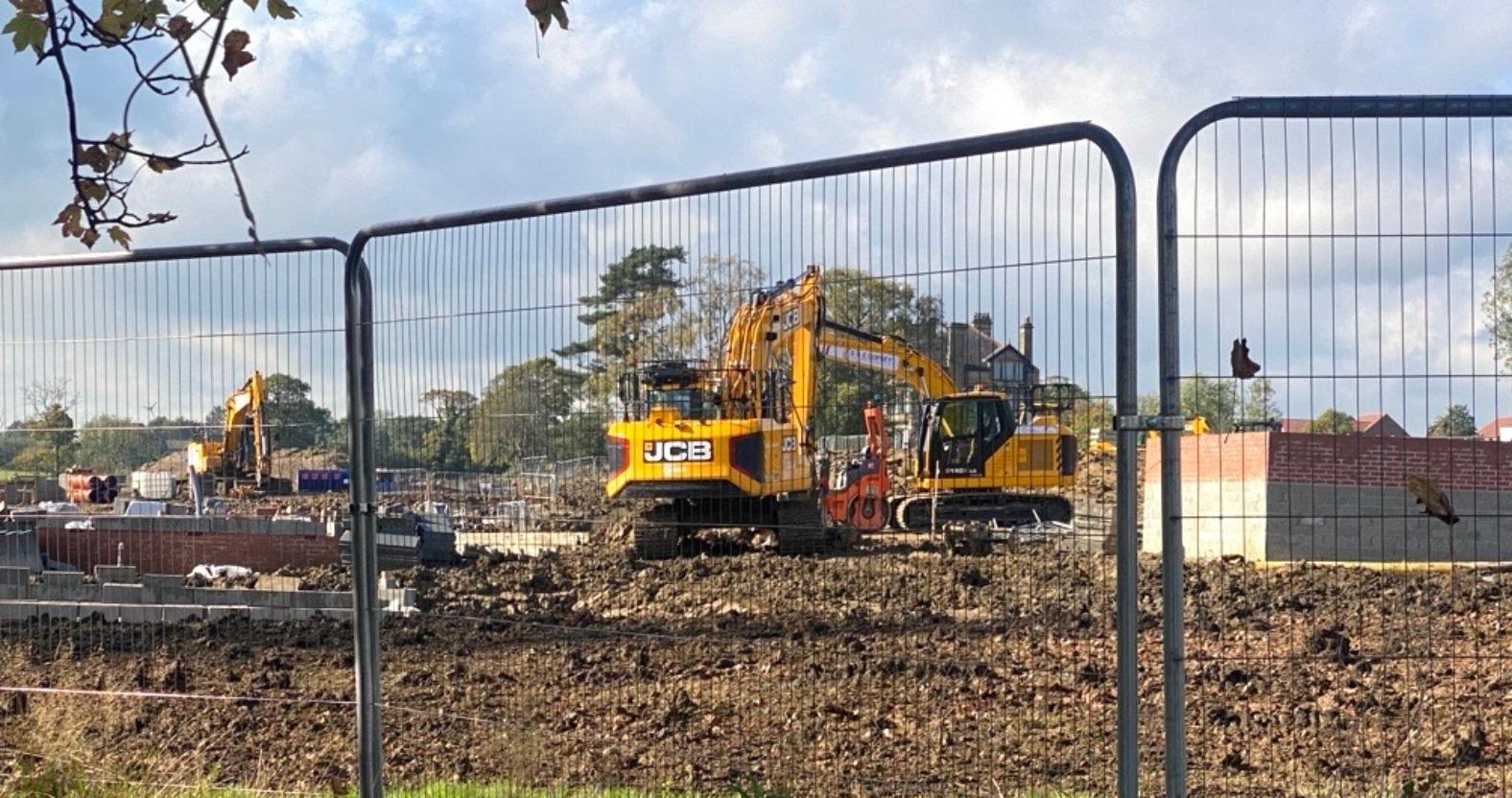Subscribe to trusted local news
In a time of both misinformation and too much information, quality journalism is more crucial than ever. By subscribing, you can help us get the story right.
- Subscription costs less than £1 a week with an annual plan.
Already a subscriber? Log in here.
28
Jun
Government snubs council lobbying over housing target hike

The government has not “changed its position” on strict housing targets despite lobbying from North Yorkshire Council.
As part of the Labour government’s housebuilding agenda, ministers increased North Yorkshire’s housing need to 4,156 a year — it had previously been 1,361.
In January, Richard Flinton, chief executive of North Yorkshire Council, raised concern that the national drive to build more homes was moving faster than the council's development of a Local Plan, which he claimed could leave the authority susceptible to "speculative" schemes.
As a result, he said the authority had lobbied government over a “transitional arrangement” while it draws up a Local Plan — the blueprint which will set out where new houses and commercial developments can be built in the region over the next 15 to 20 years.

Richard Flinton, chief executive of North Yorkshire Council.
However, in a statement to the Stray Ferret this week, the council said ministers had not changed their position over transitional arrangements for housing targets despite lobbying from the authority.
Nic Harne, corporate director for community development at the council, said:
We have written to the government making our concerns clear about the lack of transitional arrangements after the housing need figure was significantly increased from 1,361 to 4,156 homes per year in North Yorkshire.
However, unfortunately the government has not yet changed its position.
Good progress is being made on a new local plan for North Yorkshire to determine how the new housing need figure will be achieved and set out where land should be provided to accommodate new homes.
The first stage of a public consultation runs until July 15 and asks for views on a range of policy areas including creating healthy and sustainable communities, meeting housing needs, and delivering sustainable growth.
We continue to determine planning applications in accordance with local and national planning policy.
The dramatic rise in housing targets in North Yorkshire has been criticised by local Conservative councillors and the Liberal Democrat MP for Harrogate and Knaresborough, Tom Gordon, who described it as “simply unachievable”.
Mr Flinton told business leaders in Harrogate in January that due to the government’s housebuilding agenda, the council will come under pressure to approve more applications and build more homes.
He said there was a chance the council will have to go through a number of years without a Local Plan, which could make it difficult to "resist speculative applications”.
Dramatic rise
The Stray Ferret has reported extensively on the issue of housebuilding in the Harrogate district, including an analysis on what Labour's drive for housing targets will mean for the district.
As part of its consultation on a new National Planning Policy Framework, ministers proposed changing the standard method for calculating housing need.
The method is used to measure how many homes need to be built in an area in a year. Following a change in the algorithm, the government now wants to see 370,000 homes built annually — a rise from 300,000 under the previous system.
As a result, the proposed housing need for North Yorkshire has increased dramatically.
The Stray Ferret reported in October last year that the previous method showed 1,361 homes would need to built each year in the county to meet national guidance.
However, under Labour’s desire to ramp up housebuilding, this has sky rocketed by 205% to 4,232.
By comparison, neighbouring Leeds would only see its figure increase by 4% — from 3,987 to 4,159.
The concern over the hike has been echoed by Harrogate district MPs.
Angela Rayner, Labour deputy prime minister, has been tasked with leading the government’s housebuilding agenda.
She went as far as writing to every council leader and chief executive in the country to tell them it was “not just a professional responsibility but a moral obligation to see more homes built”.
0